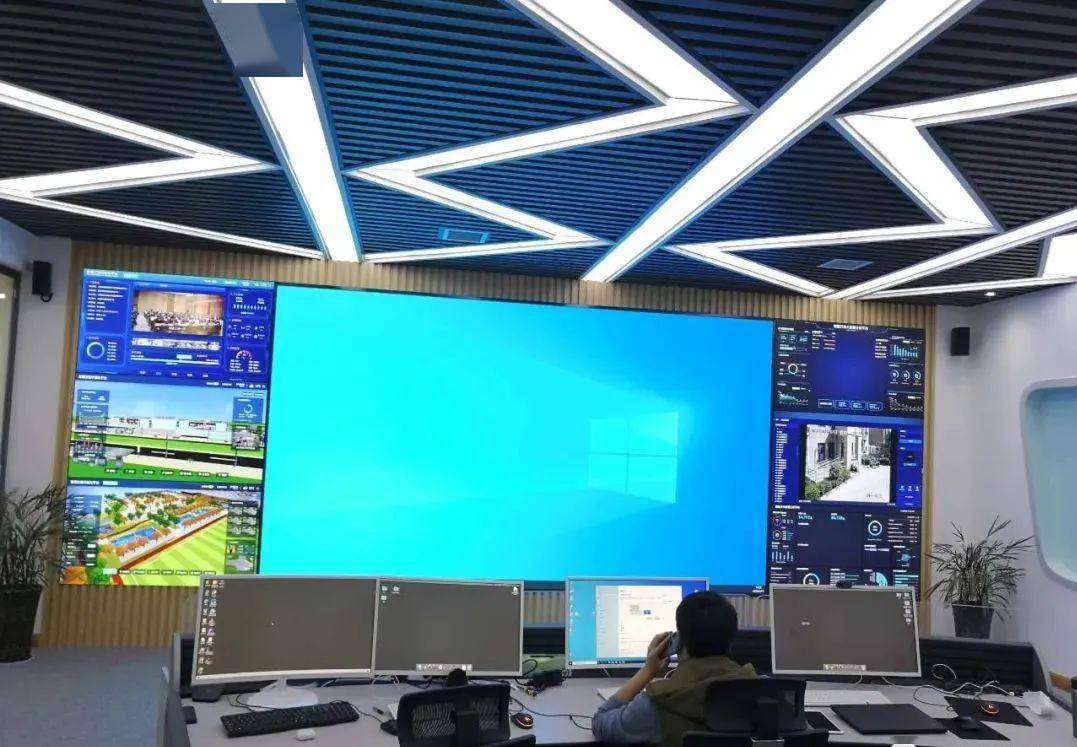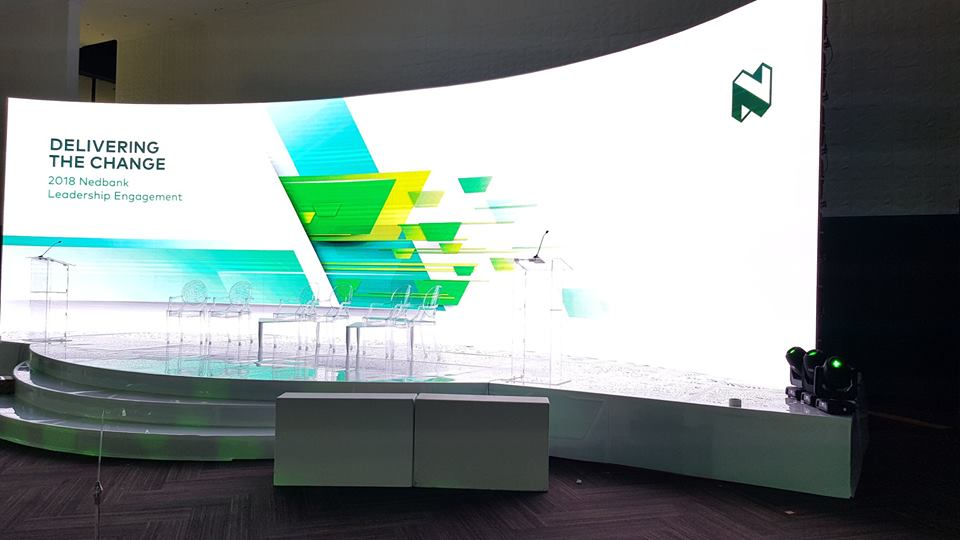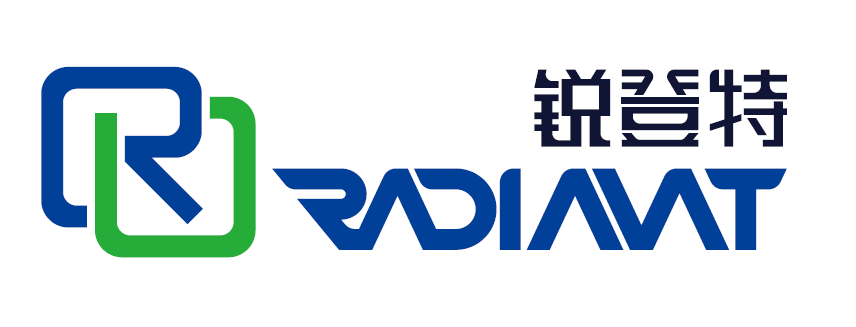Micro LED is considered to be the "ultimate display" solution, and its application prospects and the value it can create are extremely attractive. New application opportunities such as commercial displays, high-end TVs, vehicles and wearable devices continue to achieve vigorous development, and related upstream and downstream industries are reshaping the display ecosystem.
Glass-based Micro LED displays have excellent performance and versatile functions, and are expected to be widely used in commercial displays, high-end TVs, vehicles, and wearables, with huge market potential. Adding new equipment and materials will become an important opportunity for industrial development, and is expected to reshape the display industry ecosystem. Micro LED can realize large-size free splicing display applications, and technologies such as modular packaging and sidewall wiring make free splicing possible. Micro LED can also realize the application of interactive device integration. The screen of the future is expected to become a platform, which can realize various functions such as interaction through sensors, and break through the concept of "display".

Innovation at the device level can bring about a revolution at the functional level. With 3D display, 3D interaction, and emerging technologies such as 5G and big data, the development direction of holographic display in the future is undoubtedly exciting. Glass-based Micro LED can cover the application fields of large, medium and small-sized products. The market size is expected to grow rapidly from 2024, and it is expected to build a new upstream and downstream industrial ecological chain.
After years of research and development, the Micro LED large-scale display has officially reached a milestone in mass production this year, and has become a strong driving force in the development of related components, equipment and manufacturing processes. The addition of more manufacturers and the continuous development trend of miniaturization have prompted the Micro LED industry to continuously achieve new technological breakthroughs, and the market scale has also continued to expand.
In addition to large-scale displays, Micro LED has excellent characteristics that can be used with flexible and penetrable backplanes. It can emerge in automotive display and wearable display, creating a new application opportunity that is different from the current display technology. The entry of more manufacturers and the development trend of continuous miniaturization will be the key to the continuous reduction of chip costs.

Future displays should be able to free hands, and concentrate multiple functions on the screen to achieve interaction. This requires that the display must have high contrast, high PPI, high brightness, and even extended reality. At present, Micro LED can meet the development needs of the future display industry, but the industrialization process still needs to be accelerated. Generally speaking, the industrialization of Micro LED must first realize the mass production of chips and continuous optimization of performance. Second, mass transfer needs to be combined with repair to achieve mass production of products. Thirdly, under the condition of driving micro-current, the production efficiency of Micro LED needs to be further improved. Finally, the industrial ecology is still under construction, and hardware costs need to continue to decline.
The industry should consider how to improve the productivity of Micro LED, which includes repair. There are tens of millions of LEDs in the TV. If they are transferred to the substrate, even if the yield rate can reach 99.99%, there are still many places that need to be repaired in the end, and it will take a long time. There is also the problem of uneven brightness on the display. In addition, in terms of mass production speed, yield rate and cost, Micro LED still has no advantages compared with the current very mature liquid crystal. Although the industry has done a lot of work in mass transfer, Micro LED still has a long way to go before it can achieve mass production. There are two main techniques for mass transfer, one is Pick&Place, and the other is laser mass transfer.
After liquid crystal display, Micro LED is a strong competitor of the new generation of display iteration technology, and Micro LED chip is undoubtedly the key link. It is understood that the size of Micro LED is only one percent of the original mainstream LED chip, reaching the order of tens of microns.
From LED to Mini LED, there is no big difference in chip technology and chip process in essence, but the chip size is changing. The essential change in the development of Micro LED is that the chip segmentation cannot be completed by thinning and scribing the sapphire substrate, but the GaN chip must be peeled off the sapphire substrate directly. The existing technology is only laser lift-off technology, which itself is a destructive process, which is not very mature in China. This is the first problem the chip faces.
The second problem is the dislocation density of the Micro LED chip, which has a very large side effect on the consistency of the Micro LED chip. Initially, the dislocation density in GaN LED epitaxy was as high as 1010. Although the dislocation density was high, the luminous efficiency was also high. After gallium nitride LED was produced in Japan, after more than 30 years of development, process optimization has reached the ceiling, and the dislocation density has reached 5×108. However, due to the high dislocation density of existing LED technology, the development of Micro LED may greatly restrict the development of subsequent products. Therefore, continuing the existing LED chip technology and developing Micro LED needs to solve two problems. One is to further reduce the dislocation density of gallium nitride materials, and the other is to find a better lift-off technology than laser lift-off technology.

Post time: Dec-11-2023
